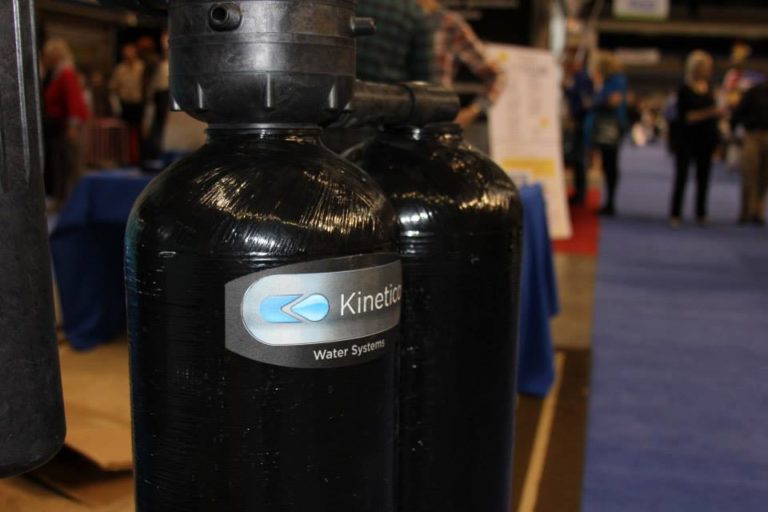If hard water has you down, you aren’t alone. Most of the country – 85% of U.S. homes – suffers from hard water, which is defined as having more than 17.1 milligrams of minerals per liter, commonly magnesium and calcium in San Antonio.
Hard Water vs Soft Water – What’s The Difference?
If you’re in San Antonio and you don’t own a water softener, it’s nearly certain you have it. One of the most common ways to know if you have hard water in your home are the spots on your dishes and mineral residue in your bathtubs, toilet bowls and sinks. Dishwashers also collect these minerals, which is clearly evidenced in machines that aren’t properly treated regularly. Hard water’s effect on hair and the soap scum it creates are also associated with hard water, as well as wear and tear of appliances and clothing.
Water Softener Ion Exchange – A Beautiful Science
The magic of water softeners happen when salt ions and minerals trade places in resin beads. Resin beads are first poured into the tank of the water softener to kickstart the ion exchange process. Next, as minerals enter the resin beads, the salt ions leave. Lastly, as the resin beads become exhausted from this exchange, water softener salt is added to recharge them.
About Water Softener Salt
The salt content of soft water typically isn’t enough to be of concern to most homeowners and their families. However, those who are sensitive to sodium intake may need to look into saltless tank systems. The more efficient of a water system you have, the less salt you have to add to the water. You also can look into saltless water systems.
If you have any questions, give Kinetico San Antonio a call today!















